If you’re looking for a fun and engaging card game to play with family and friends, Chase the Ace might just be the game for you. This classic game is known for its simplicity, excitement, and the potential for lots of laughter. Whether you’re planning a game night or just want to learn something new, this guide will help you understand how to play Chase the Ace, along with some strategies to make you a pro at it!
What is Chase the Ace?
Chase the Ace is a popular card game that’s often played in a casual setting. It consists of a standard deck of cards and can be enjoyed by a small group of individuals, usually between 3 to 10 players. The aim of the game is straightforward: players strive to avoid holding the Ace at the end of each round, while strategically trying to allocate the Ace to other players.
Objective of the Game
The primary objective of Chase the Ace is to avoid being the player who holds the Ace when a round ends. The player left with the Ace at the conclusion of the round typically faces a penalty, often involving the loss of chips or a fun “forfeit.”
Setting Up the Game
- Gather Players: Generally, 3 to 10 players works best.
- Select a Dealer: Choose someone to deal the cards. This role rotates between rounds.
- Establish Betting Rules: Players can use chips if desired, and establish a buy-in amount or small stakes for each round.
- Prepare the Deck: A standard 52-card deck is used; you won’t need jokers in this game.
Playing the Game
Step 1: Deal the Cards
- Each player receives one card face down.
- Players may glance at their card but should keep it hidden from others.
Step 2: The Gameplay Begins
- Starting from the dealer’s left, players have the option to either keep their card or swap with the next player. Players can announce their choice after each round.
- If a player chooses to swap, the game continues until it circles all players.
Step 3: End of the Round
- After everyone has had their turn, players reveal their cards.
- The player holding the Ace suffers the consequence, and a new round begins.
Sample Game Flow
Here’s how a typical round of Chase the Ace may go:
| Player | Card | Action | Result |
|---|---|---|---|
| Player 1 | 4 | Keep | No Ace |
| Player 2 | Ace | Swap | Ends up with Ace |
| Player 3 | 7 | Keep | No Ace |
| Player 4 | 2 | Swap | Avoids Ace |
| Player 5 | K | Keep | No Ace |
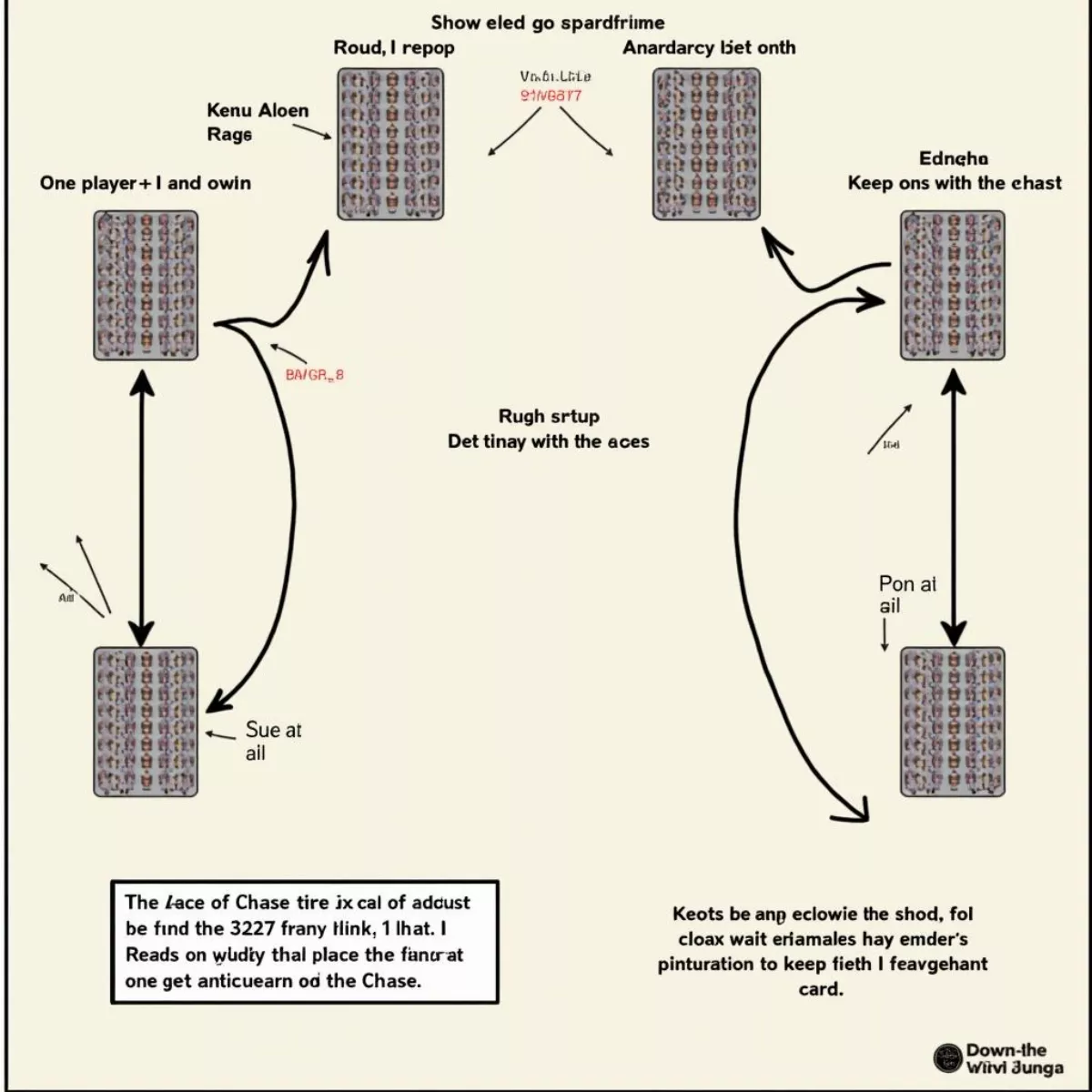 Chase the Ace Gameplay Example
Chase the Ace Gameplay Example
After revealing the cards, Player 2 will face the forfeit. A new round begins with shuffled cards.
Strategies to Win at Chase the Ace
While Chase the Ace is predominantly a game of luck, a few strategies can work in your favor:
- Observe Patterns: Pay attention to how other players tend to behave in terms of keeping or swapping.
- Bluff Smartly: Sometimes keeping an Ace for too long can be beneficial—players may think you’re holding a lesser card.
- Play The Odds: With limited players, the chances of someone else holding the Ace increases with passing rounds. Be conscious about who tends to swap frequently.
Important Rules to Remember
- The player holding the Ace at the end of the round must face a penalty, determined beforehand.
- The game can also include variations such as Wild Cards or special penalties for having certain card values, making it even more exciting.
 Chase the Ace with Cards and Chips
Chase the Ace with Cards and Chips
Key Takeaways
- Chase the Ace is a simple and fun card game ideal for groups.
- Players aim to avoid holding the Ace at the end of each round.
- It involves dealing, keeping/switching cards, and revealing them at the end.
- Strategy includes being aware of other players’ actions and bluffing effectively.
FAQ Section
1. Can Chase the Ace be played with a different number of players?
Yes, Chase the Ace can be played with as few as 3 players and as many as 10 players.
2. What happens if two players have an Ace?
In the event of a tie with multiple Aces, those players may face simultaneous penalties, as determined before the game starts.
3. Are there variations of Chase the Ace?
Yes, different rule sets exist. Some groups play with additional penalties for different cards or implement wild cards.
4. Can Chase the Ace be played without betting?
Absolutely! You can play Chase the Ace purely for fun without any betting involved.
5. What are some fun penalties for losing?
Fun penalties may include singing a song, performing a silly dance, or doing a funny impersonation.
 Friends Enjoying Chase the Ace
Friends Enjoying Chase the Ace
6. Is Chase the Ace suitable for children?
Yes, the game is suitable for children but keep in mind to explain the rules and any penalties in a fun way.
7. How can we keep the game moving faster?
To speed up gameplay, limit the time for each player’s decision or draw cards face up to quickly assess outcomes.
8. What should I do if players are uncomfortable with penalties?
Communicate with everyone prior to the game about the penalties, ensuring they are fun and avoid causing discomfort.
9. Can Chase the Ace be played online?
Yes, several online platforms host versions of Chase the Ace, facilitating gameplay with friends regardless of location.
10. What is the best age to start playing Chase the Ace?
The game is typically enjoyable for players aged 8 and up, but it can be adapted for younger children with simpler rules.
Chase the Ace is an entertaining game that encourages interaction, laughs, and a bit of friendly competition. With this comprehensive guide, you have all the details you need to start playing today. So grab a deck of cards, gather your friends and family, and prepare for a delightful game night!
For more fun card games and detailed guides, check out our articles on Card Games for Family Game Night and How to Play Poker Like a Pro. Happy gaming!

 Golf Driver Customization Options
Golf Driver Customization Options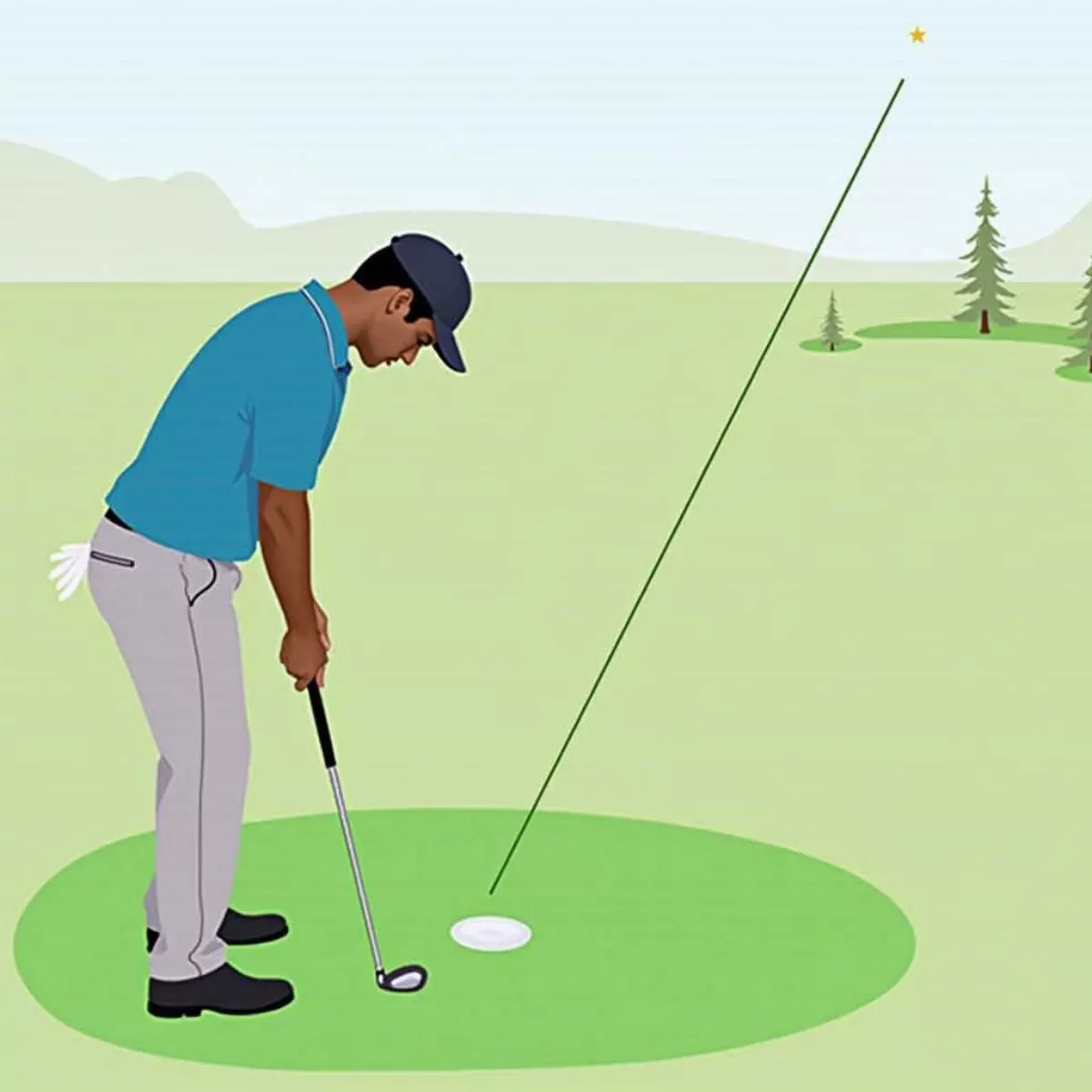
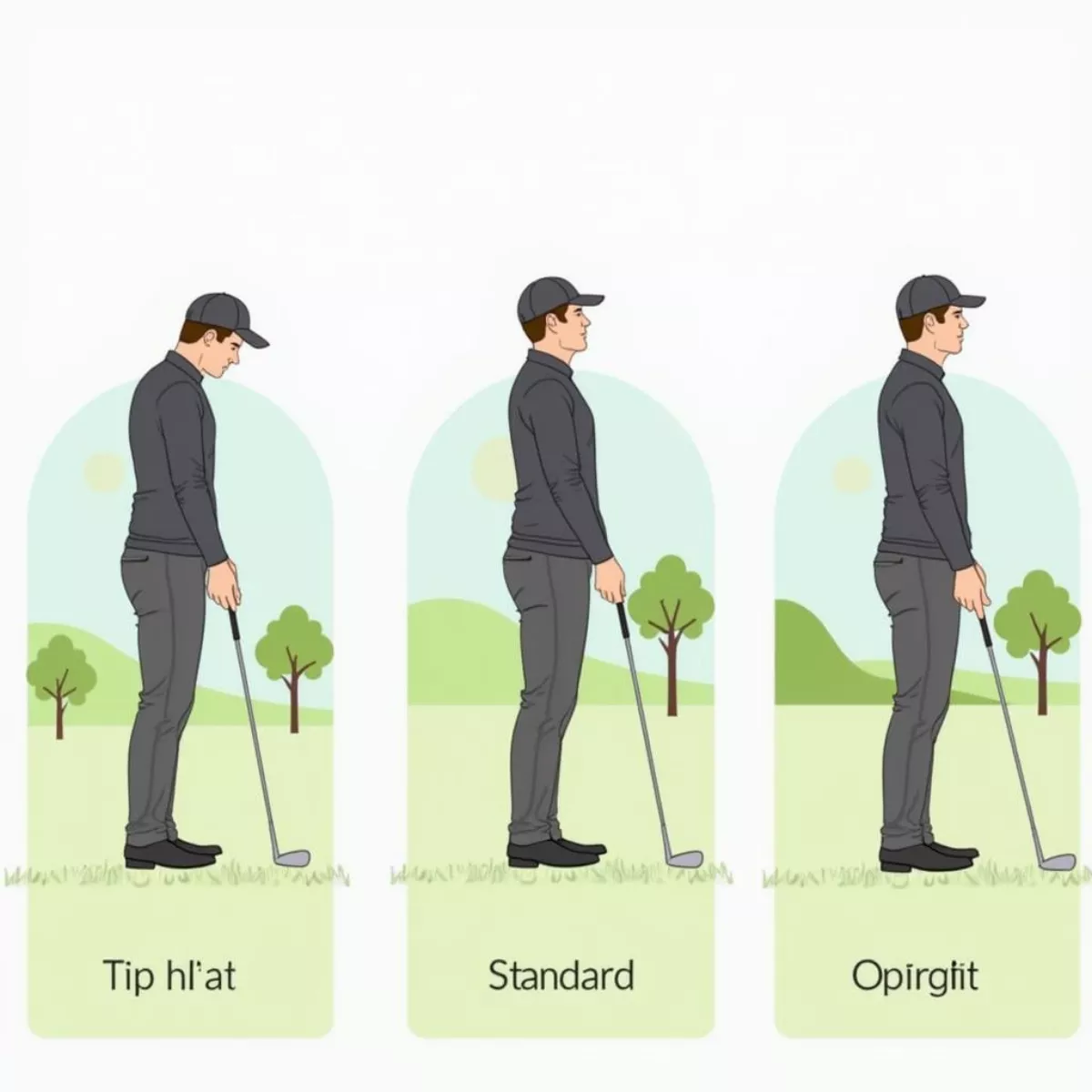 Putter Lie Angle Comparison
Putter Lie Angle Comparison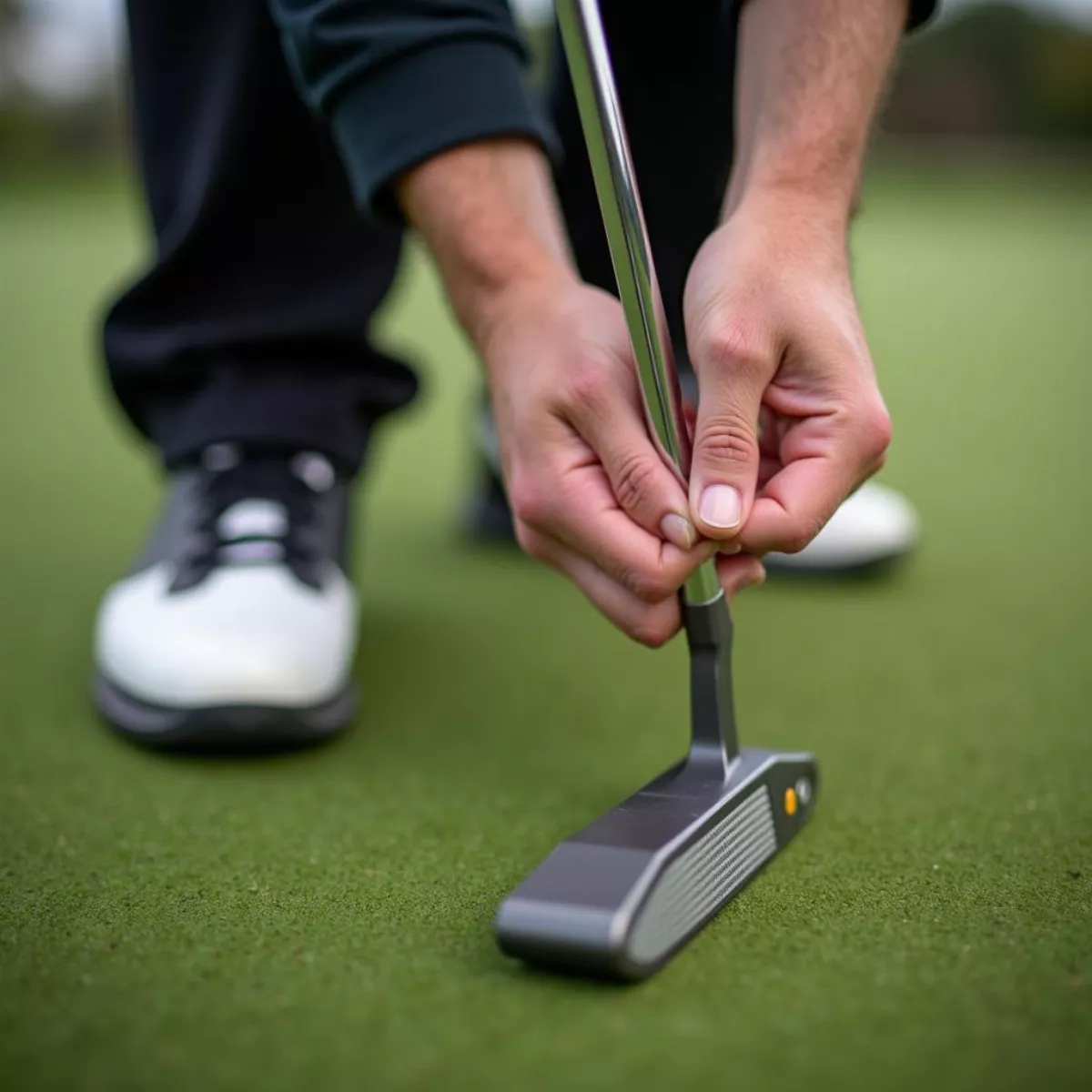 Measuring Putter Grip Size
Measuring Putter Grip Size Professional Putter Fitting Session
Professional Putter Fitting Session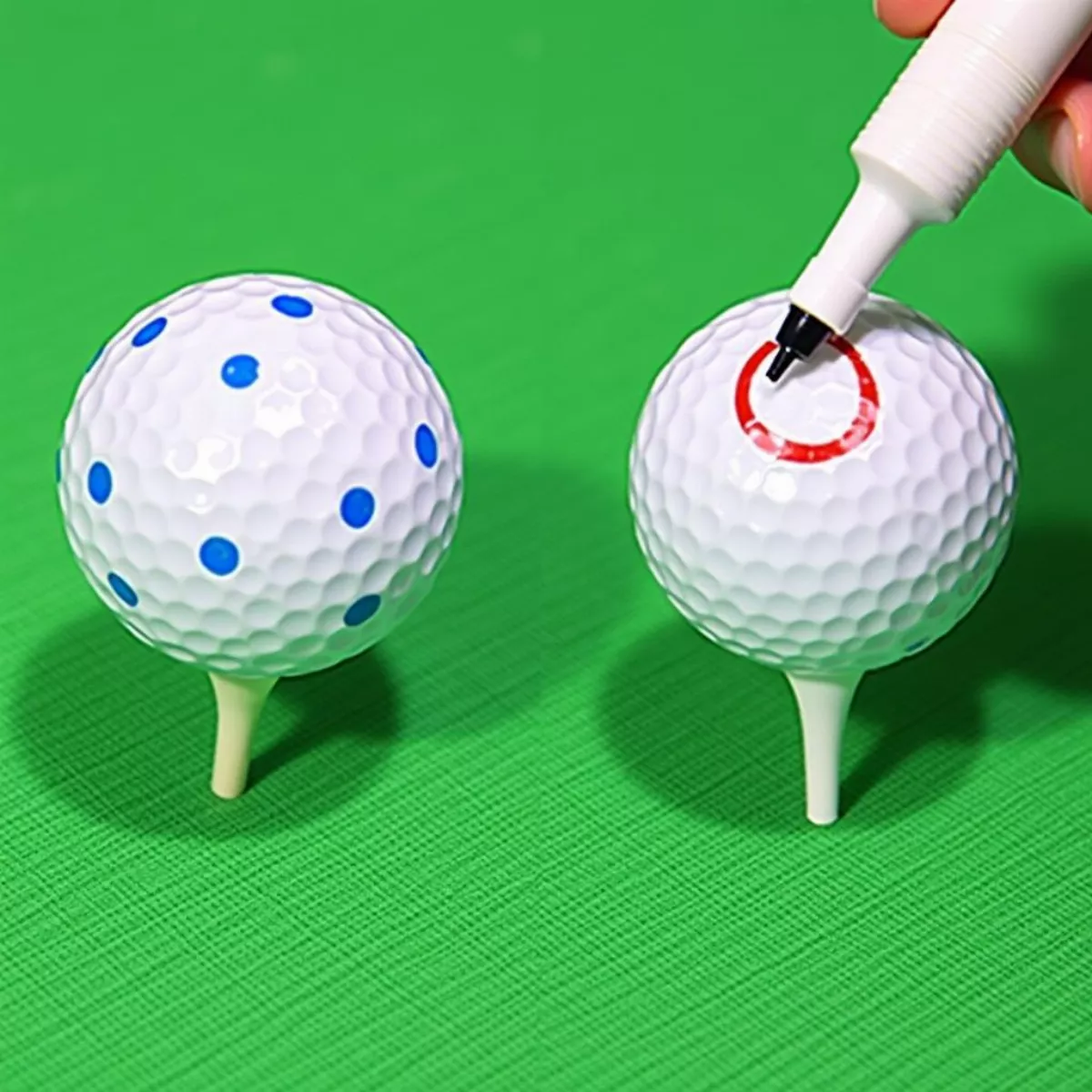
 Golf ball with various stickers and decals
Golf ball with various stickers and decals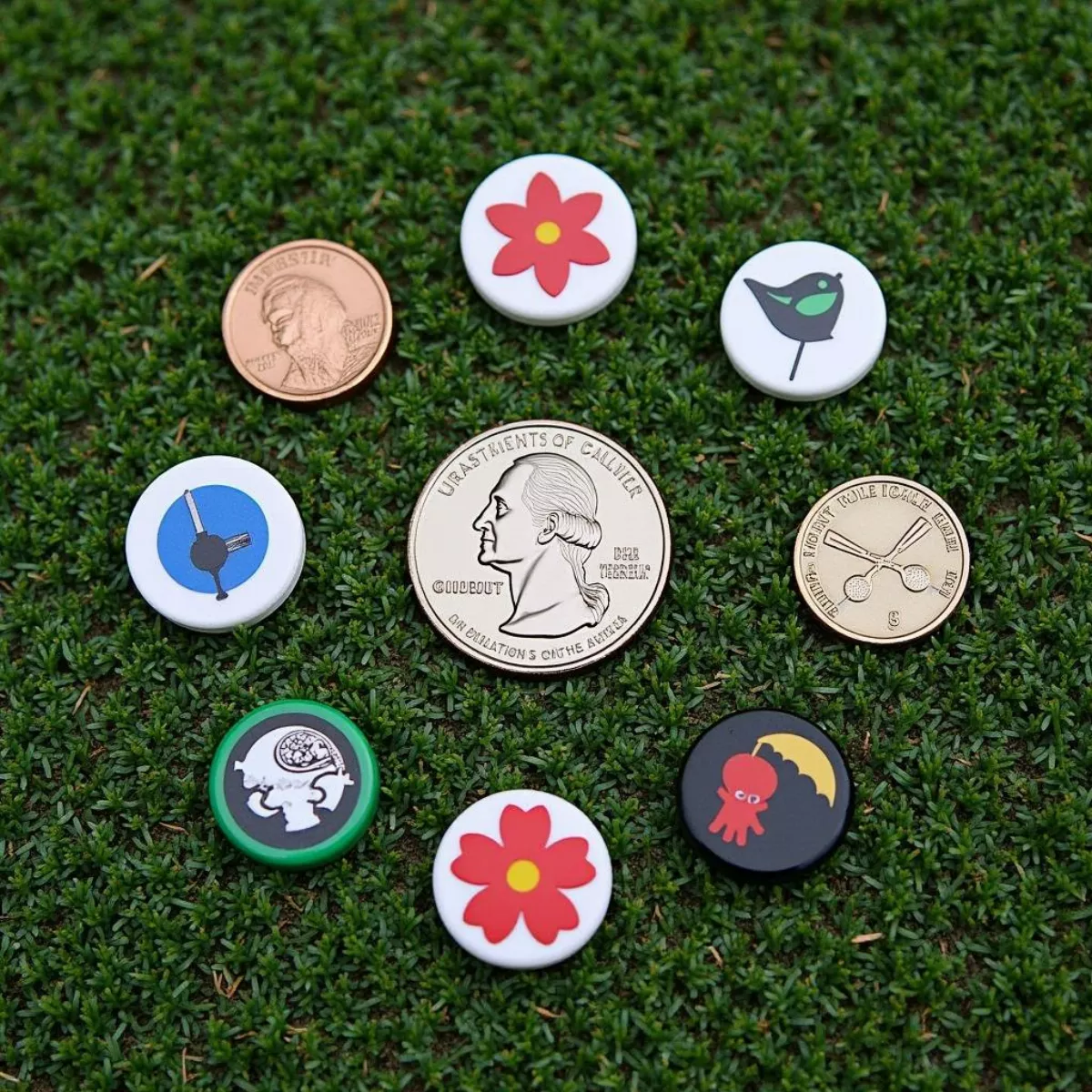 Different types of golf ball markers
Different types of golf ball markers Golfer marking their ball on the green
Golfer marking their ball on the green
 Golfer Concentrating on Putting
Golfer Concentrating on Putting Indoor Golf Simulator Practice
Indoor Golf Simulator Practice Golfer Celebrates a Hole-in-One
Golfer Celebrates a Hole-in-One
 Golfers taking a shot on the signature 9th hole at Chaparral Pines
Golfers taking a shot on the signature 9th hole at Chaparral Pines Spacious and welcoming clubhouse at Chaparral Pines Golf Course
Spacious and welcoming clubhouse at Chaparral Pines Golf Course Golfers finishing their round at sunset at Chaparral Pines
Golfers finishing their round at sunset at Chaparral Pines
 Golfer Using TaylorMade SIM Max Driver
Golfer Using TaylorMade SIM Max Driver Adjusting Loft on TaylorMade SIM Max Driver
Adjusting Loft on TaylorMade SIM Max Driver
 Person Taking Break Outdoors
Person Taking Break Outdoors Person Meditating in Peaceful Setting
Person Meditating in Peaceful Setting